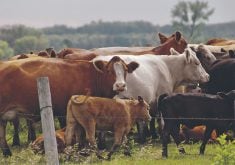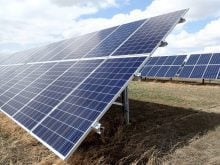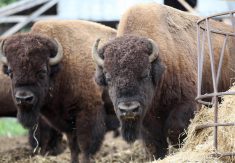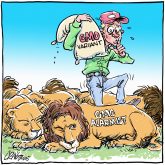Until recently, there was no cost for rendering pick up on western Canadian farms. This was an excellent service that removed animals dying of varying causes.
Renderers also picked up waste byproducts from the butchering and restaurant industries.
This kept the environment cleaner and minimized spread of disease. Carcasses were generally picked up expediently as long as they were accessible. In our area, there were two or three pick ups a week. A conscientious effort was made to remove animals before the weekend, especially in the summer.
Read Also
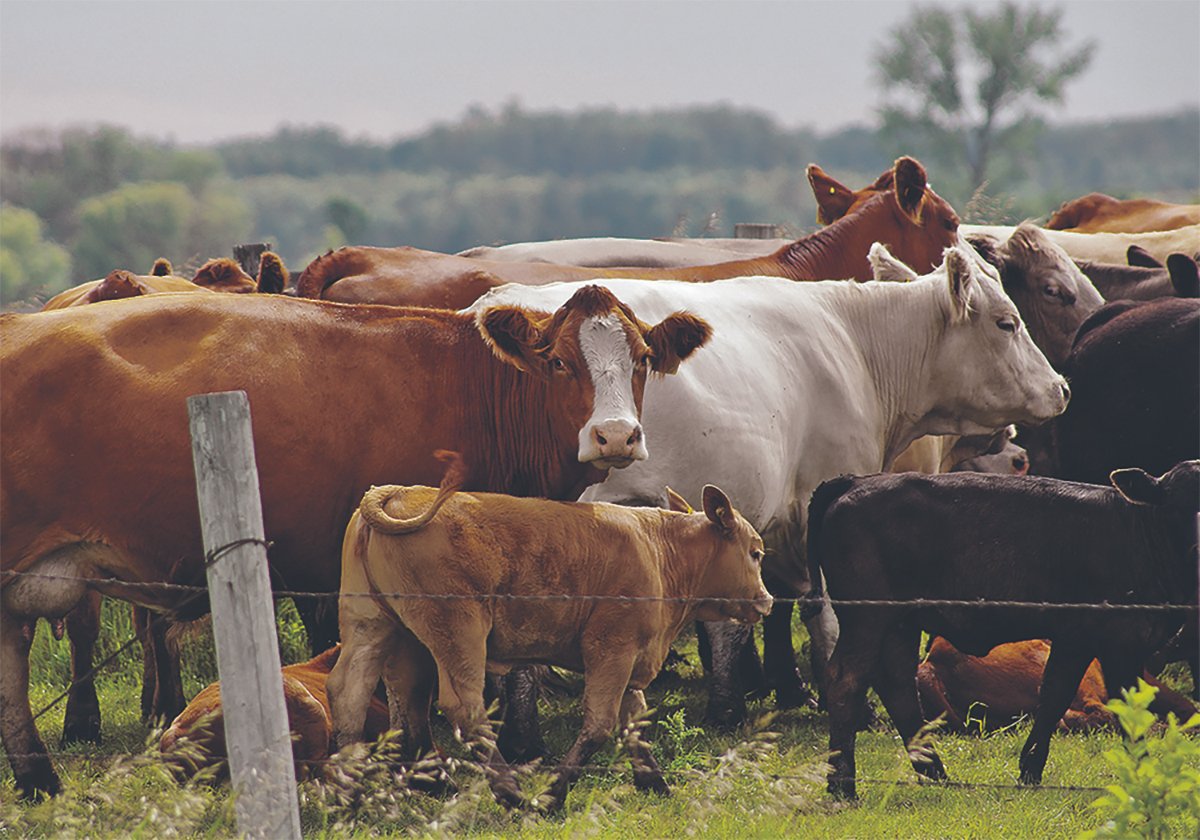
High prices see cow-calf producers rushing to incorporate
Farm accountants are reporting a steady stream of cow-calf producers rushing to get their operations incorporated ahead of selling their calves this fall.
Rendering may seem like an odd topic for a veterinarian to write about, but I feel we have to address the long-term ramifications if the rendering industry disappears.
Beef quality assurance and on-farm food safety are two terms we have heard a lot about in recent times. Bovine spongiform encephalopathy and the guaranteed monitoring it will require in the future will result in mandatory sampling of a percentage of down, diseased and dead stock.
It would make sense for renderers to do the monitoring because they pick up the carcasses.
They could record Canadian Cattle Identification Agency tag numbers, which already happens as part of their Hazard Analysis Critical Control Point program. How will this be accomplished if the rendering industry is gone?
Without free rendering pick up, there is also the threat that more carcasses will be simply “drug out to the bush.” This will attract predators and creates a great risk of contaminating ground water. Fly control also becomes an issue, and we know their potential to spread disease.
Proper disposal sites for composting or burying and liming can be developed. This can be done legally, but a certain type of clay is required and an adequate site must be chosen. It costs money to maintain these sites and I’m worried that over time they will not be properly used.
Large composting sites would be needed for large feedlots.
But composting and burying downer animals removes the opportunity to sample the animals for disease.
BSE brought the need for sampling to light, but with ever-tightening controls on our food sources, I believe more disease monitoring was inevitable anyway. We already test for Johnes disease.
By sampling dead animals, we skew the sampling toward finding a problem. There is no use sampling hundreds or thousands of apparently healthy animals, because the chance of finding a problem is remote.
It might appear that our excellent monitoring program has shot us in the foot – by finding the diseased animal, we created the situation that closed the border. But monitoring will do nothing but good in the long run. We must forge ahead, with the goal of delivering quality meat to the consumer.
Because there are now almost no markets for rendered meat and bone meal, renderers have started charging for pick up.
They used to get up to $300 per tonne, but this has all but disappeared. Now that renderers have to charge for the service, business is down 80 percent.
No one can blame producers for not wanting to pay the pick-up costs. The producer has just lost an animal and insult is added to injury when he is charged to remove it.
All producers have a loader tractor, so their cost to drag the animal to the bush is minimal. And even if they wanted to, producers have no disposable income to pay for rendering pick-up services, especially in light of the BSE disaster.
Producers are also suspicious of sampling for fear their herd would be incriminated. I hope they will soon realize everyone must do their part to help monitor the Canadian cattle herd.
I suggest governments should pay the rendering companies a sampling fee. Labs will gain the necessary samples they need for monitoring. Brain tissue is needed for BSE and other diseases require other tissues.
This is easy to co-ordinate and all the necessary paperwork, including the CCIA tags, is documented. Renderers would work closely with the Canadian Food Inspection Agency and could have the ability to hold samples.
This could and would go a long way toward minimizing spread of disease, keeping the environment cleaner and instilling faith in the quality of Canada’s livestock at home and abroad.
Roy Lewis is a veterinarian practising in Westlock, Alta.


